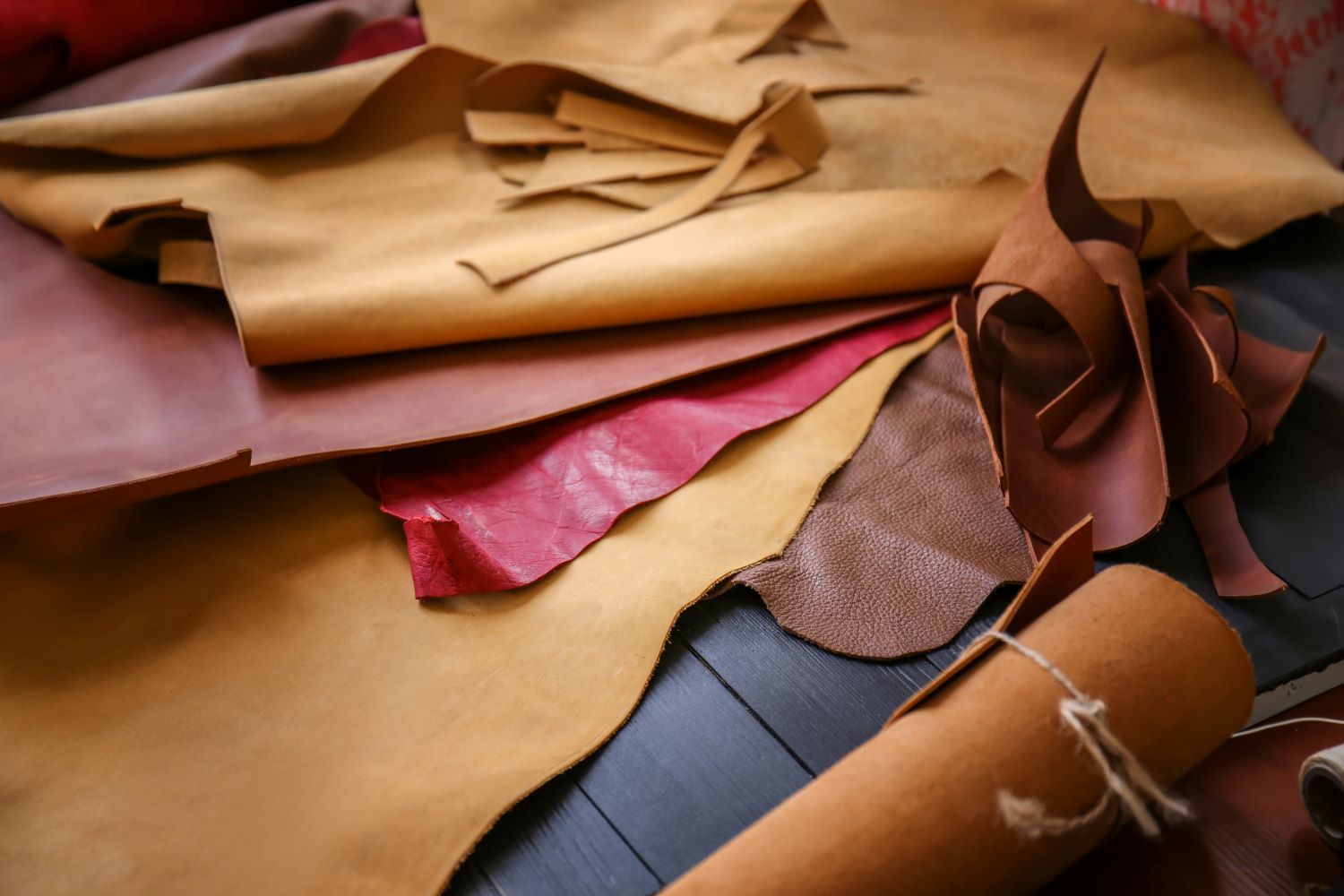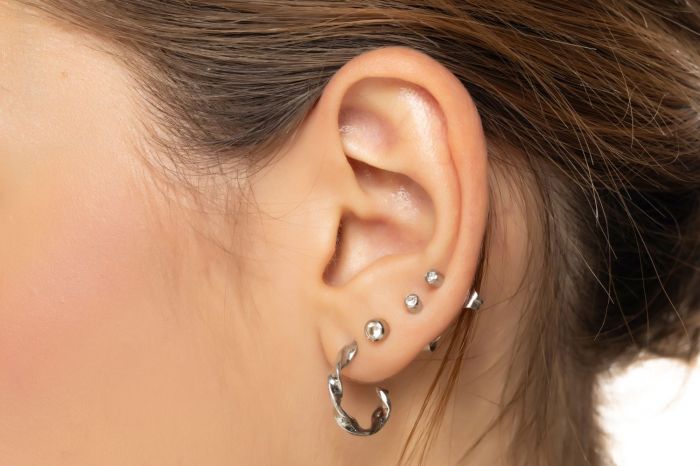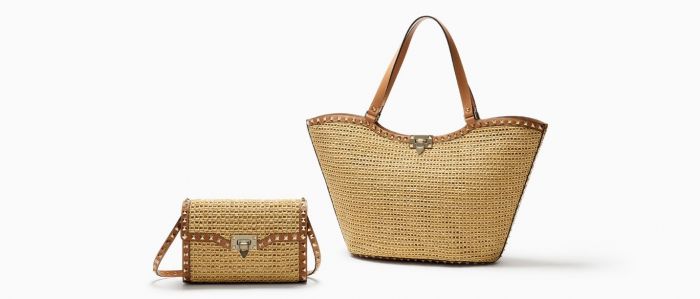
Glamour doesn’t get more high-octane that the heady days of Hollywood starlets and glitter-studded parties.
But a lot has changed since Diana Dors, Marilyn Monroe and Bridgette Bardot oozed sex appeal, beauty and glamour in the 1950s. A combination of social, political and media developments have seen the notion of female beauty in the Western world alter radically over the last 60 years.
As our bodies and beauty ideals begin to mirror the figures and fashions of the 1950s, we take a look back at how the notion of fashion, beauty and body ideals have changed in the last 60 years.
1950s
Curves, Hollywood glamour and the resurgence of excess after two World Wars; the 50s were awash with feminine beauty. Cinched in waists, big hair and come-to-bed eyes typified the models, actresses and singers of the time, and housewives were encouraged to keep up appearances with grooming and 24/7 glamour.
1960s
As the sexual revolution played out in this decade, so did feminism, which meant big shake-ups in the fashion and beauty world, so it’s no coincidence then that the 60s saw the invention of the bikini and Mary Quant’s devilishly short mini-skirt. Twiggy was the poster girl for 60s fashion, and her androgynous look, thin frame and short hair couldn’t be further from the beauty ideals of the previous decade.
1970s
As Star Wars hit the big screen and space explorations continued, so too did our ever-changing notion of beauty. Bronzed skin and long, healthy locks were popular (with men and women) and natural beauty was the order of the day. Charlie’s Angel Farah Fawcett was the all American icon that typified the quest for a healthy, slim appearance.
1980s
Power dressing and politics dominated the 80s, with women clamouring to break through the glass ceiling with some help from bold red lipstick, shoulder pads and perms. Sex, power, punks and underwear as outerwear were on trend and although there was still an emphasis on having a slim figure, there was also a strong desire to be fit, strong and toned.
1990s
As the new millennium grew closer, fashion sped up at an alarming rate. From Kate Moss’ hipbones and ribs figure coining the term ‘heroin chic’ to Pamela Anderson’s teeny tiny waist coupled with gravity-defying breasts, it seemed thinner was a winner in the 90s. Size zero was about to rear its ugly head, and grunge and ‘laddette’ subcultures blossomed alongside unashamedly raunchy Wonderbra adverts.
2000s
While size zero became the buzzword in the media, women’s bodies were rebelling, with hip and breast size increasing. As women’s bodies changed to adapt to the society around them, it became increasingly hard to reach the body ideals of the previous decade. Fashion trends included boho chic, vintage, sports luxe and poker straight hair, courtesy of hair strighteners.
2010s
While this decade has only just begun to pick up momentum, one thing is clear. The size zero backlash has been met with the equally disconcerting cry for women to ‘love their’ curves. Obesity is on the rise in the Western world, and the average dress size in Britain is now a 16. Vintage clothing is still a popular trend, and eco-friendly clothing and beauty companies continue to grow, hinting at how the global recession has affected our attitudes to fashion and beauty.
Only time will tell what beauty and body trends we will covet in future decades. Do you have a favourite look from the last 60 years?














